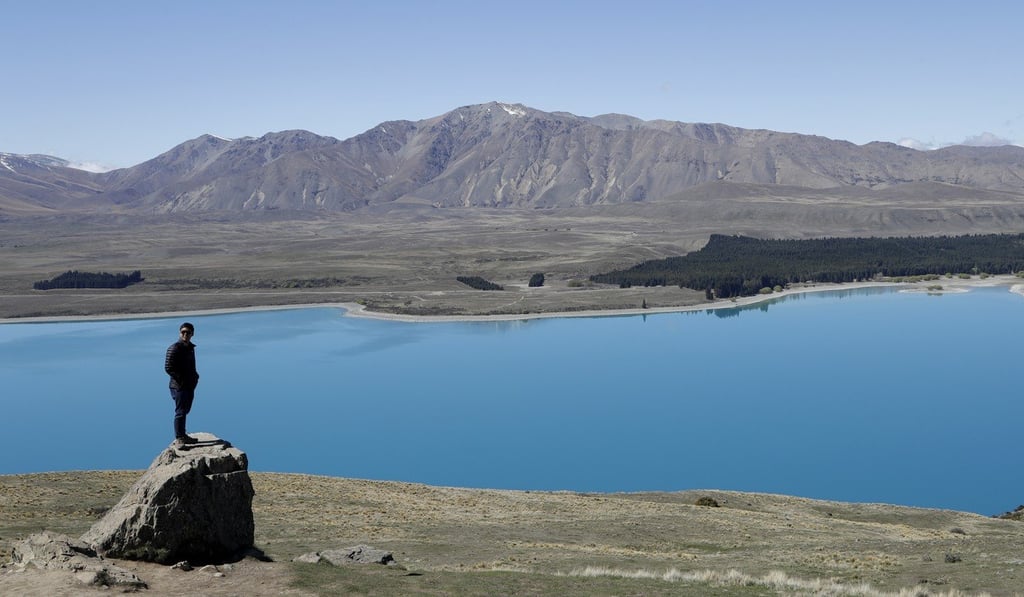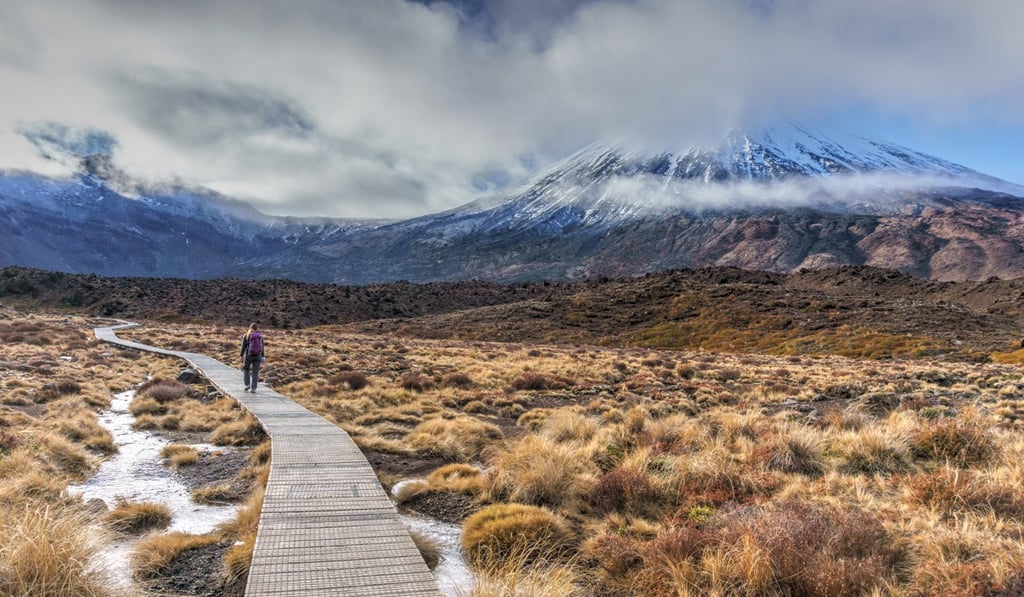New Zealand asks locals to help save foreign hikers’ lives after spate of accidents and incidents
- New Zealand is a magnet for tourists with its natural beauty and rugged countryside, but many are unprepared for the dangers when hiking
- The Department of Conservation and police are asking Kiwis to share their local knowledge

New Zealanders are being called on to talk to tourists in hotels, pubs and shops to educate them about the dangers of the nation’s countryside, after a spate of emergency rescues and fatalities.
Police and the Department of Conservation have taken the unusual step of appealing to Kiwis to tap into their famed friendliness and share their local knowledge with visitors, after an Indian man died this month on the popular Tongariro alpine crossing, the second preventable death in the area in weeks.
New Zealand is experiencing record high tourism numbers, with many visitors heading into the bush ill-equipped to deal with the extreme New Zealand environment, memorably captured in the Crowded House song Four Seasons in One Day.
According to the New Zealand Mountain Safety Council, 57 hikers, or trampers as they are called in New Zealand, died in the 10 years up to June 2017, with international tourists making up close to half.
Last year, 600,000 international visitors went hiking in New Zealand, a 34 per cent rise on 2014.

